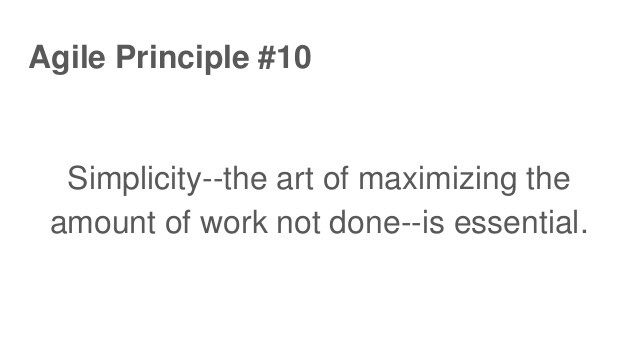Is your Agile Transformation a Success?? Prove It!
- Mark Rajpal

- Mar 31, 2019
- 2 min read
As you progress through an Agile Transformation, many people will be asking the question as to whether or not they’re better off. For many organizations the response is very subjective. It’s subjective because there aren’t any real metrics to compare before and after. For example, in the Waterfall world, requirements are typically tied to time, and in the Agile world, stories are tied to points. This makes it really difficult to determine if work is being completed, faster. There are 2 metrics that may help to answer the original question: 1. Comparing the frequency of releases: In the old world, releases were probably very infrequent. Even though the frequency may not have been captured, it may not require a whole lot of effort to sift through emails to determine the frequency. In the new world, the release frequency is likely easier to determine because it probably occurs more often. Showcasing the before and after will likely cause jaws to drop (even for the naysayers). If releases are happening less often than before, there is definitely a problem. Try to determine the root cause. Maybe there isn’t enough investment in DevOps. 2. eNPS: The Net Promoter Score (NPS) is used by many organizations to determine the satisfaction of their customers. The Employee Net Promoter Score (eNPS) is an extension of that. It determines the satisfaction of the employees by asking “Would you recommend this organization to friends and family?”. Many HR departments record this information and often it gets tied into the annual strategic themes (e.g. Increase the eNPS by 10%). Many people prefer working in an Agile environment versus Waterfall, but it isn’t for everybody. If the eNPS continues to drop, it could indicate that many people in the organization do not support Agile and likely never will. It could also indicate that people are “Doing Agile” but haven’t necessarily adopted the Agile mindset where they make the switch to “Being Agile”. These metrics are not an exact science so please don’t treat them as such. Look at the trends over time. Does it produce what you expected? If not, why not?




Comments